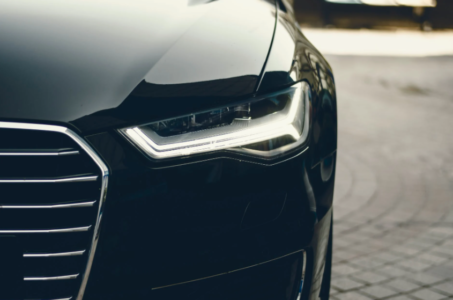Waivers letting car manufacturers use 5.9 GHz frequencies are potentially lifesaving and the FCC should expedite them, two senators told the Commission. Cynthia Lummis (R-WY), and Gary Peters (D-MI), emphasized that cellular vehicle-to-everything (C-V2X) connections over the band can prevent collisions.
The FCC voted in 2020, to re-allocate 30 MHz of the 75 MHz reserved for Dedicated Short-Range Communications to C-V2X, and designate the other 45 MHz to WiFi, Inside Towers reported. Automakers opposed the split on safety grounds, while major telecom, cable and content companies say the spectrum is essential to support growing WiFi use.
The 5.9 GHz spectrum block was reserved in 1999, for automakers for development of technology allowing vehicles to talk to each other to avoid crashes, but has so far gone largely unused. Senators Gary Peters and Cynthia Lummis called on the FCC to approve waiver requests to enable deployment of C-V2X technology in the 5.9 GHz spectrum band. “C-V2X technology is poised to save lives, [and] will pave the way for the future of automobile and transportation infrastructure,” they told the agency.
The FCC said in November 2020 it intended to offer waivers. It has received 18 waiver requests covering 31 entities, but none have yet been granted, according to the lawmakers. They noted 42,915 people died in traffic crashes in 2021, the deadliest year on American highways since 2005.
“Swift action on these waivers is essential given C-V2X technology’s potential to reverse rising roadway fatalities,” the senators wrote in a letter. The FCC did not immediately comment to Reuters.
Entities seeking waivers include Volkswagen AG’s Audi, Ford Motor and Jaguar Land Rover, Utah Transportation Department and Virginia Transportation Department, Harman International, Panasonic Corp, New York City Department of Transportation and University of Michigan.
By Leslie Stimson, Inside Towers Washington Bureau Chief





Reader Interactions